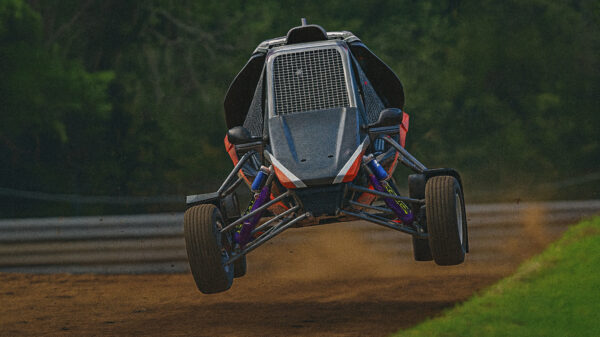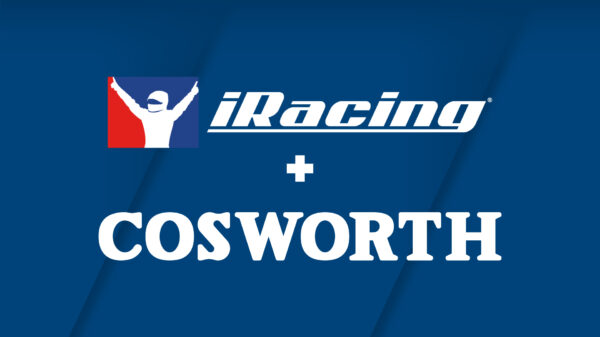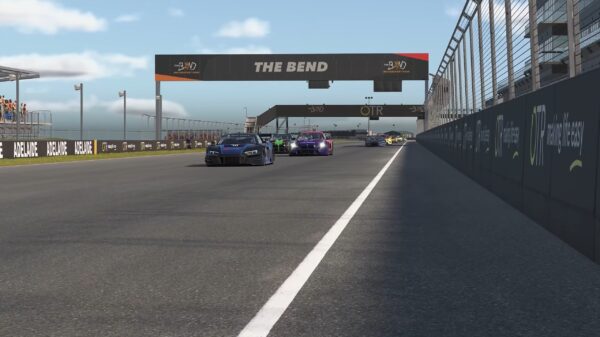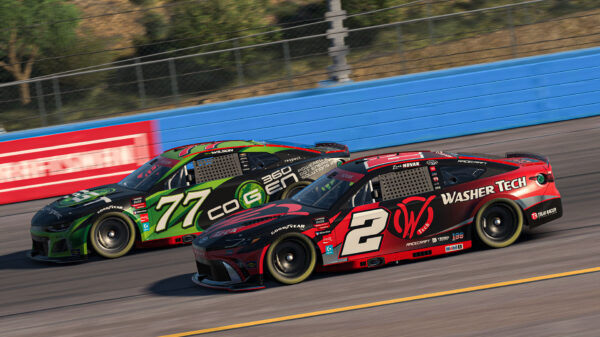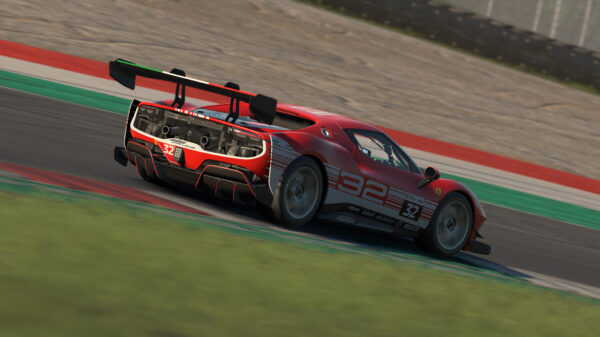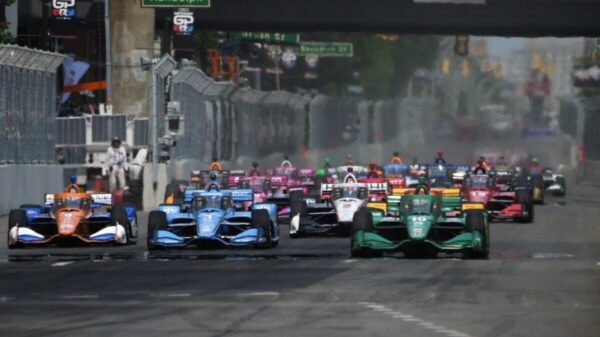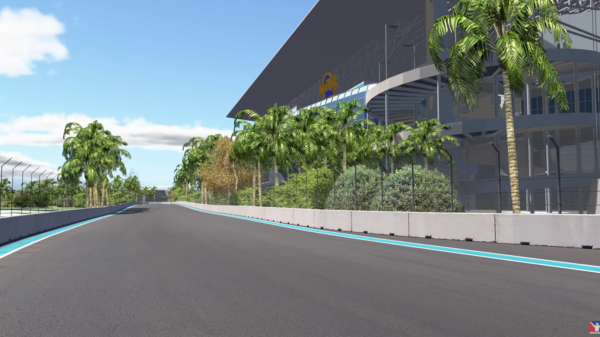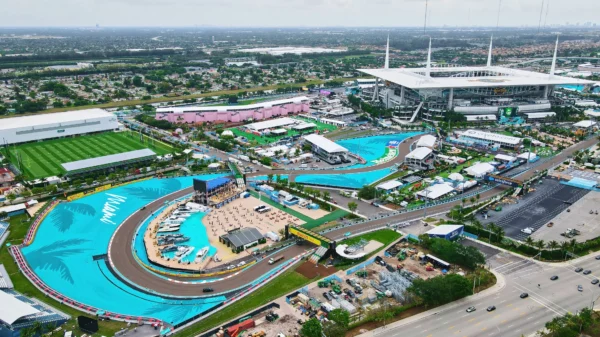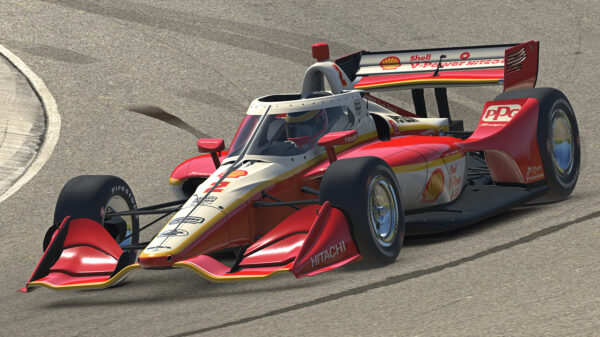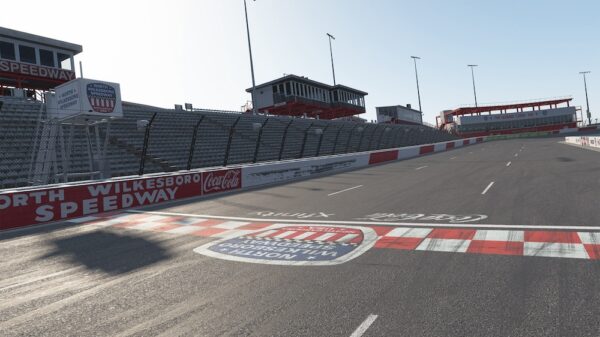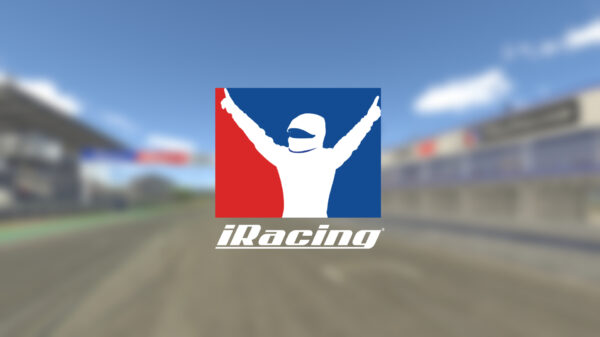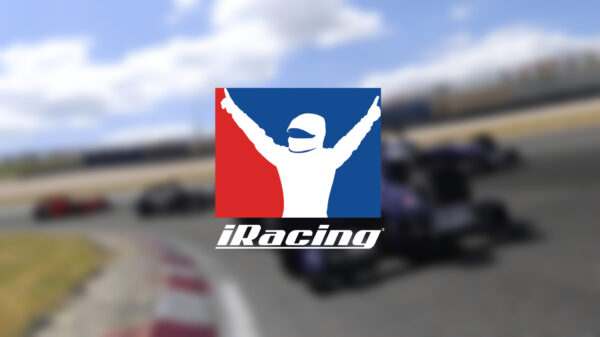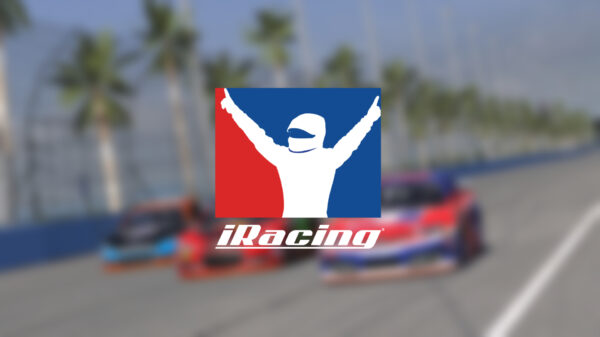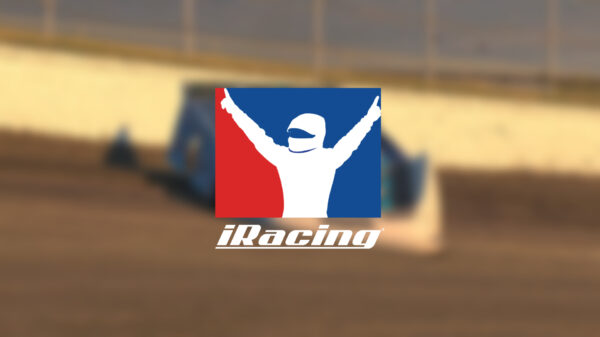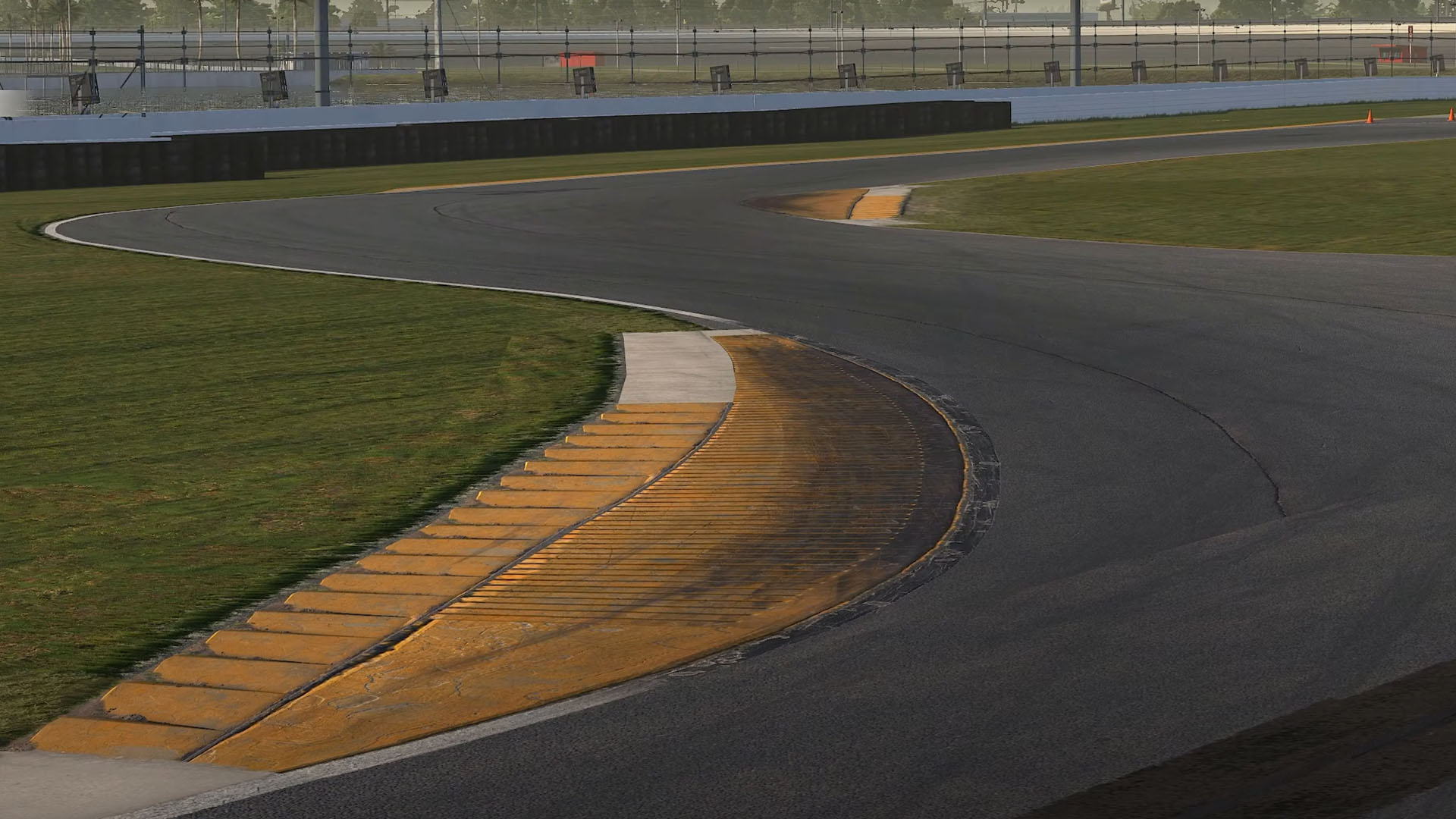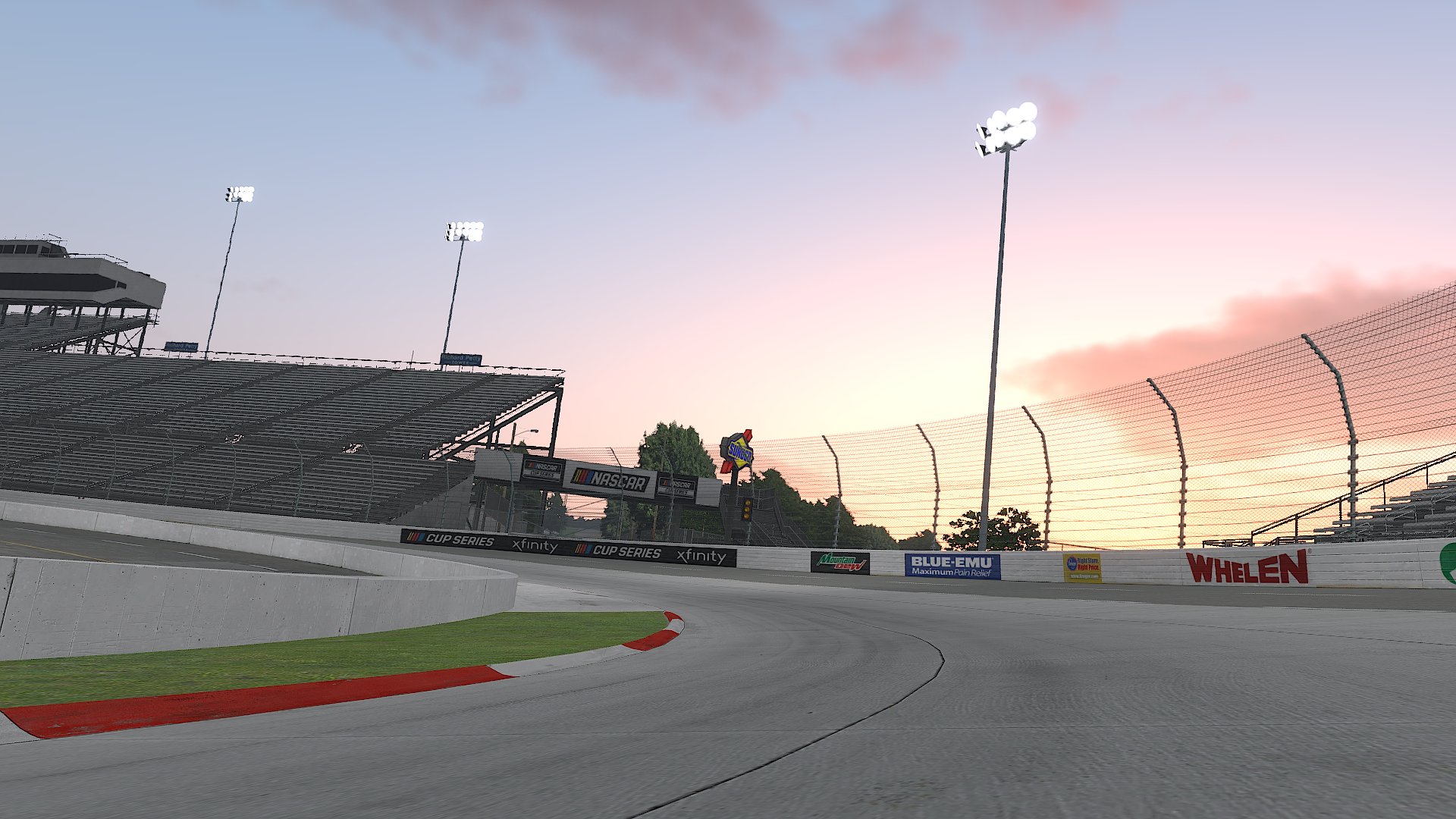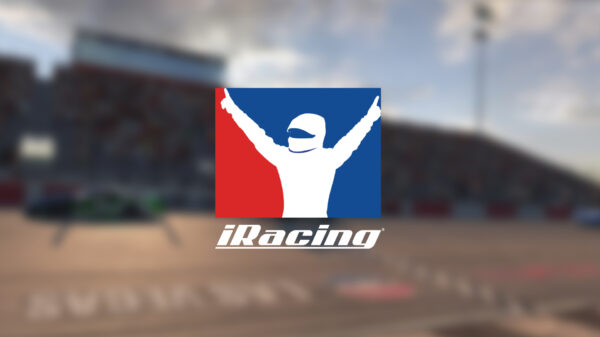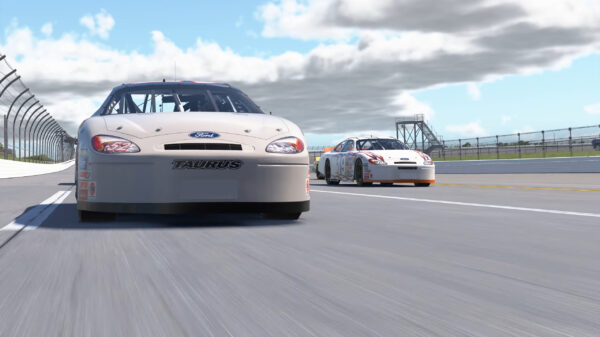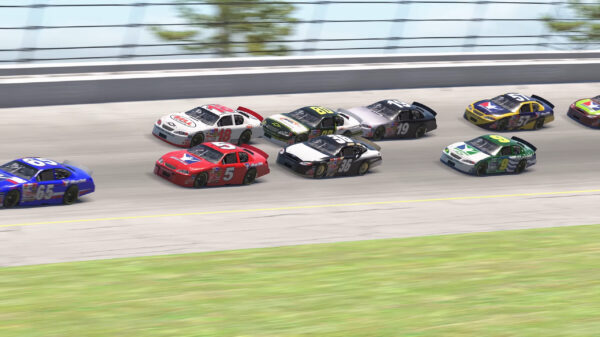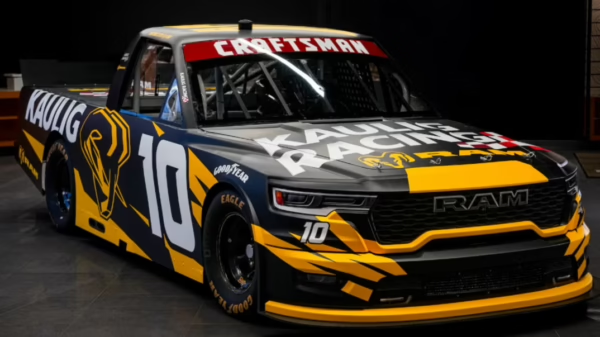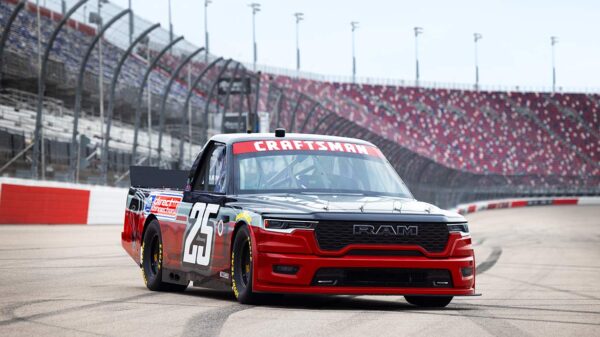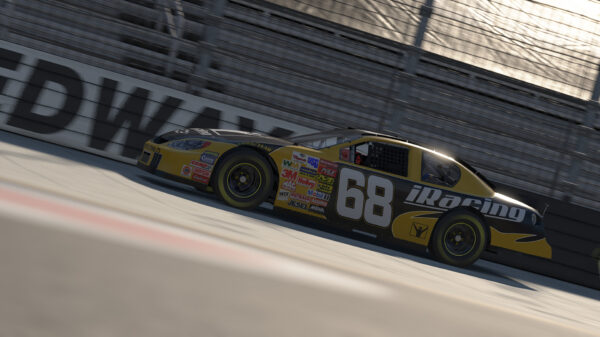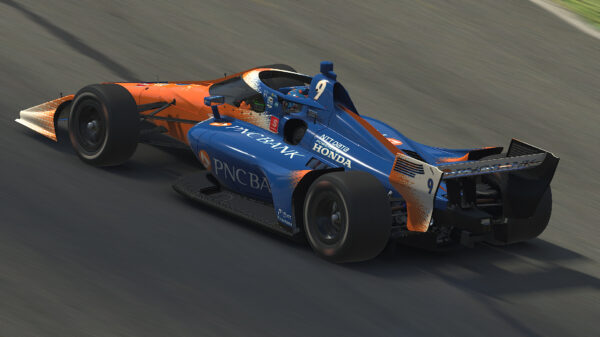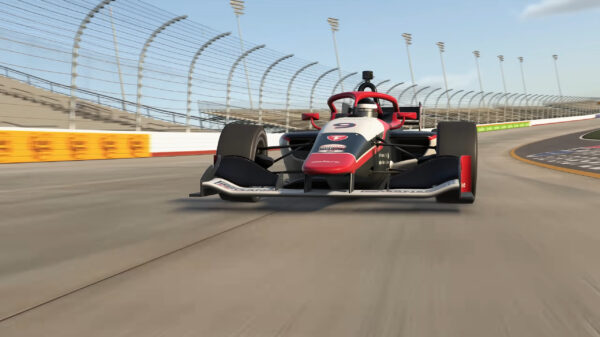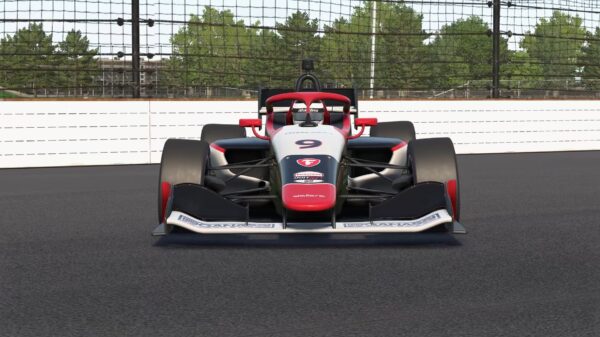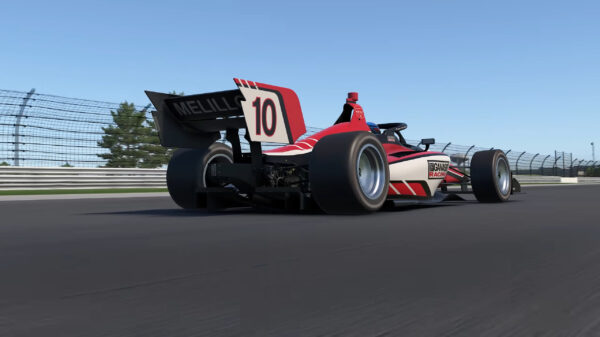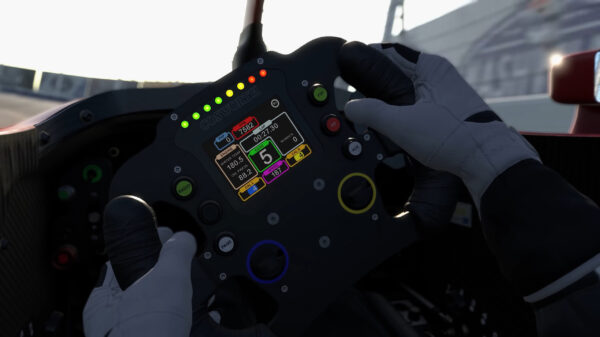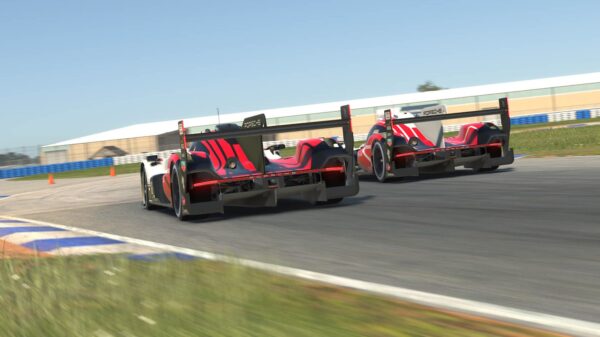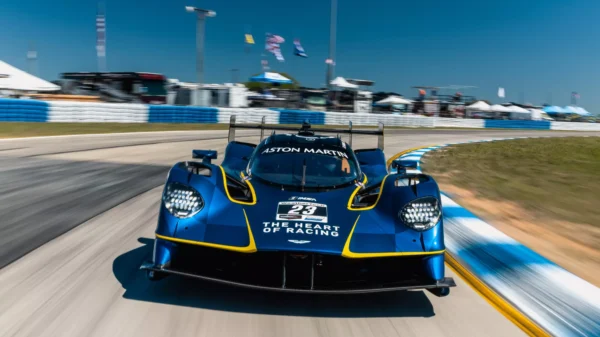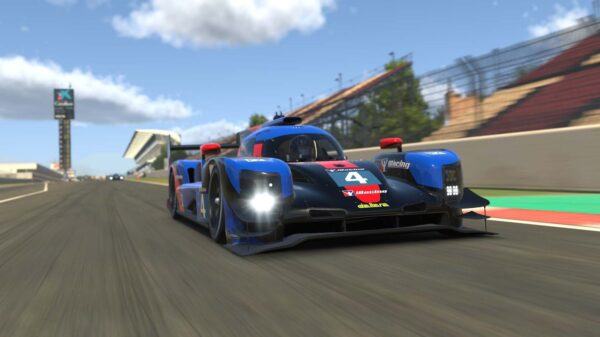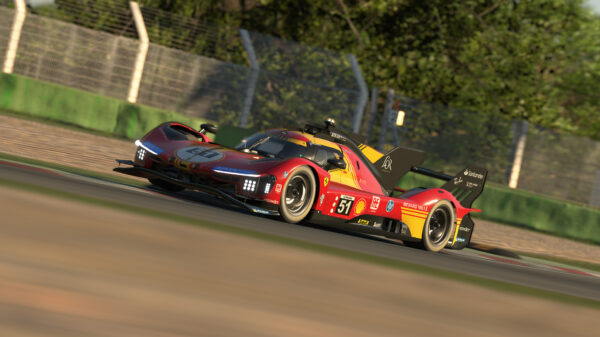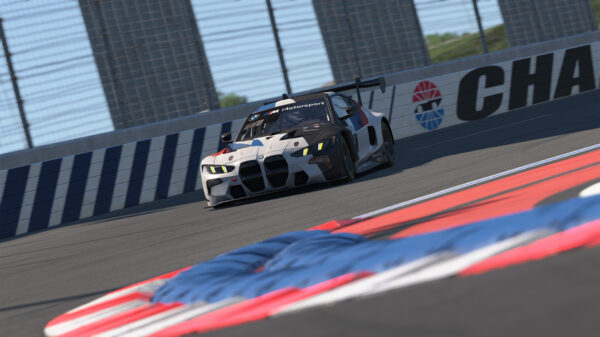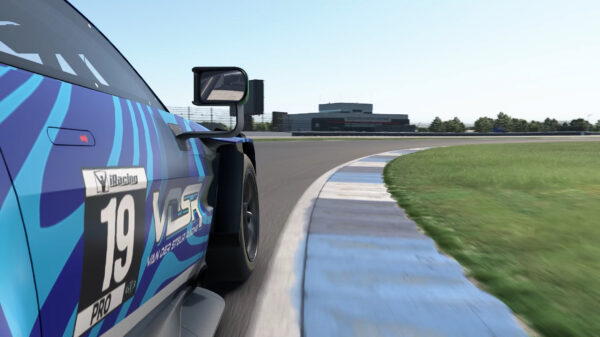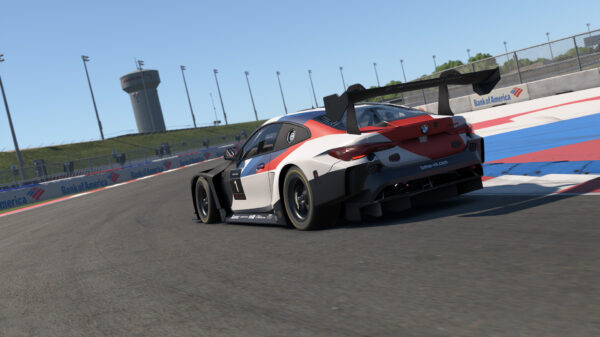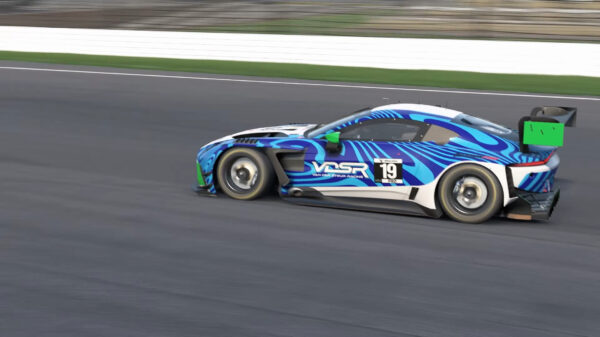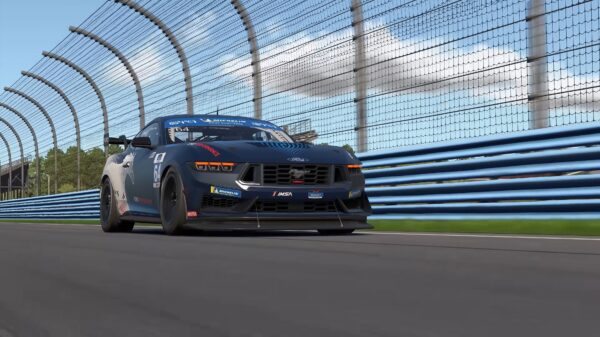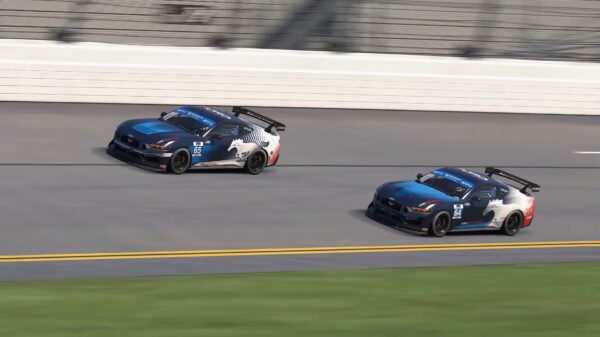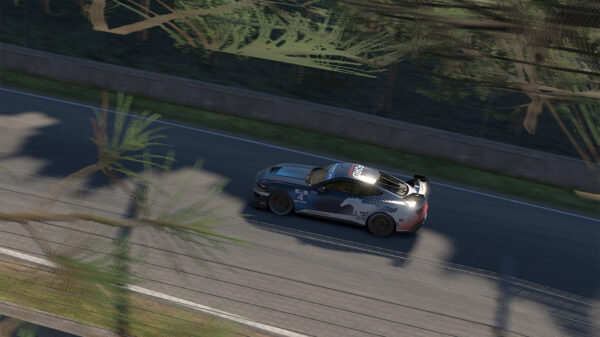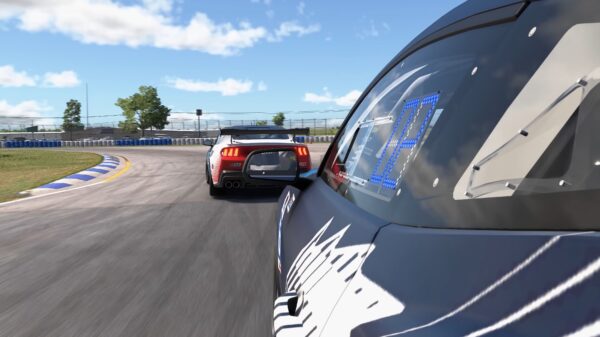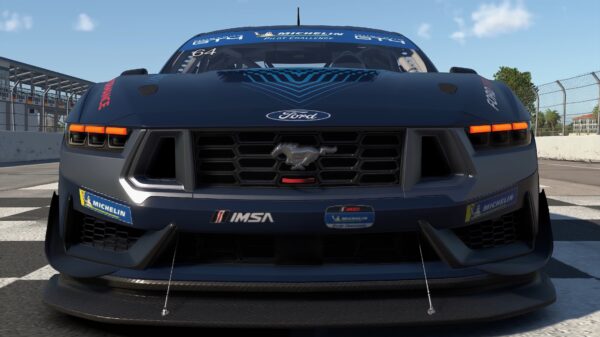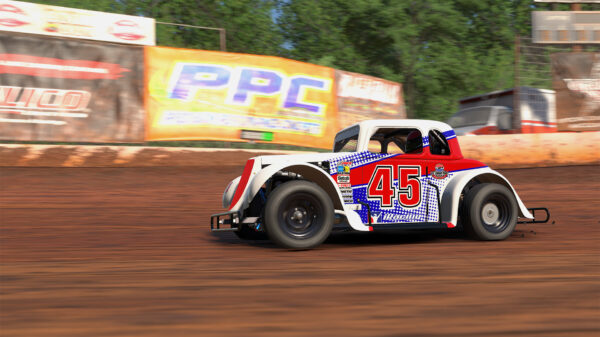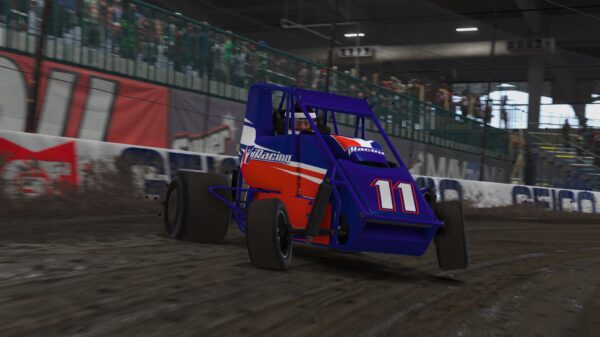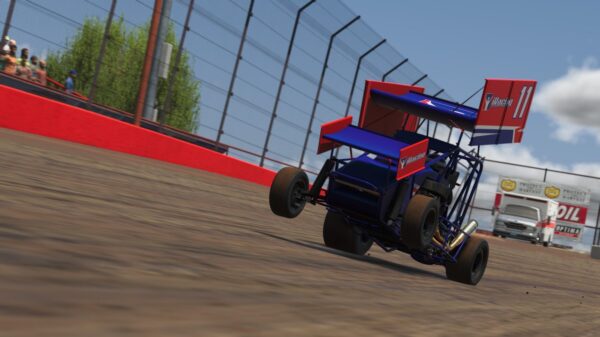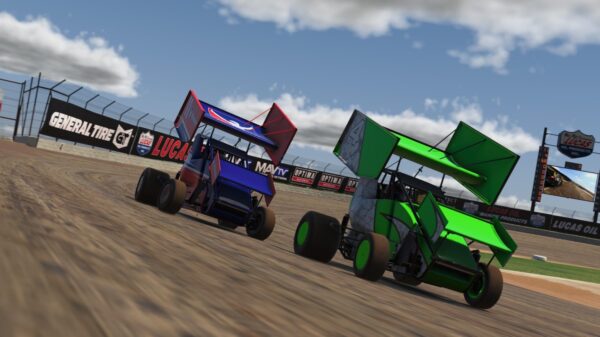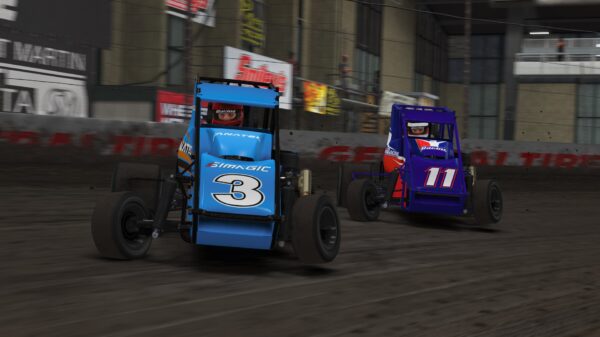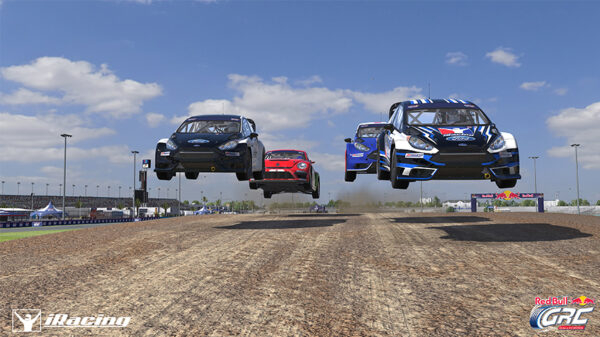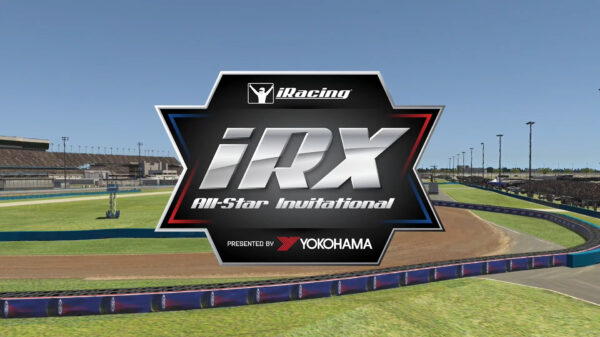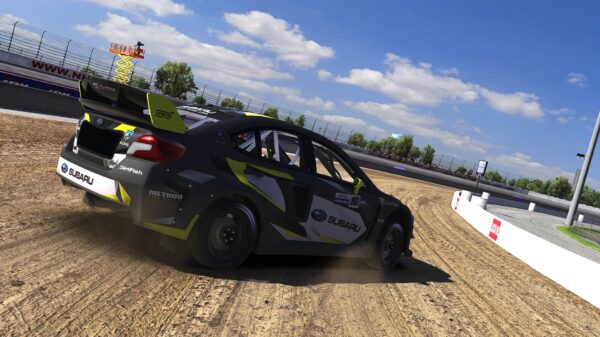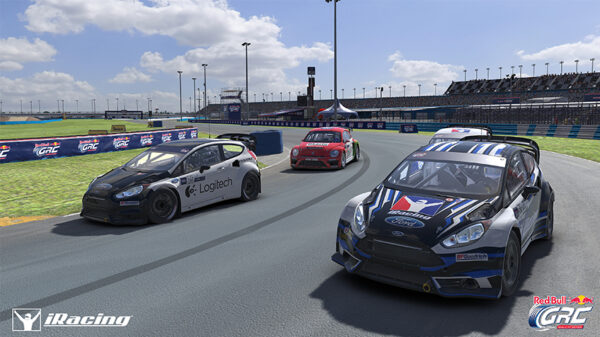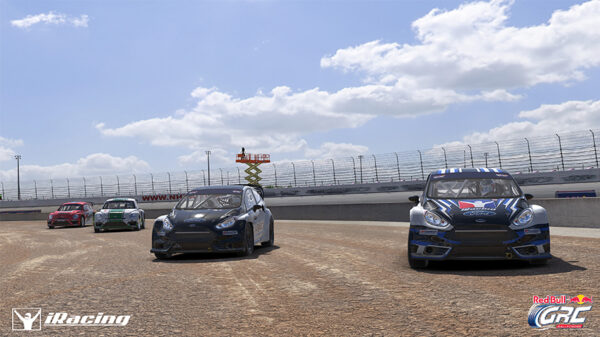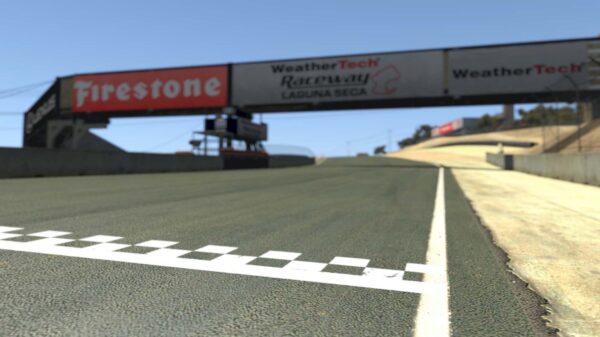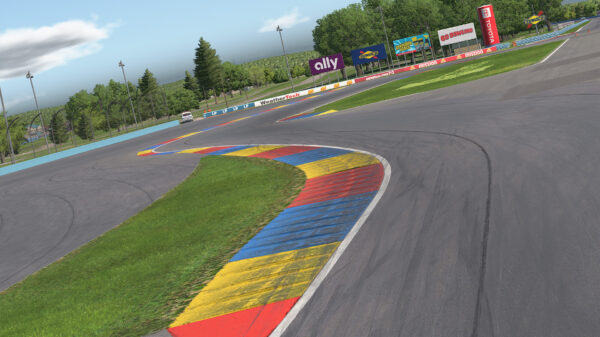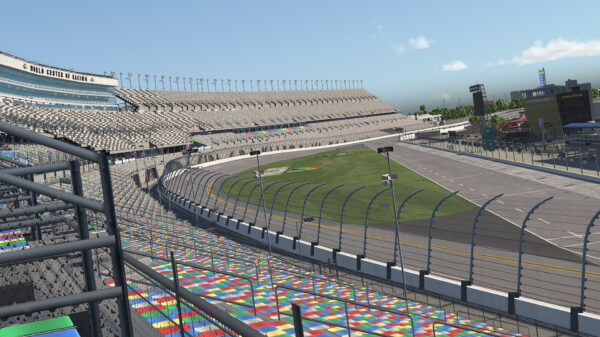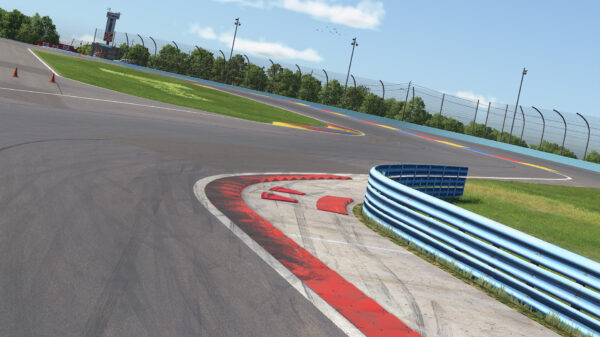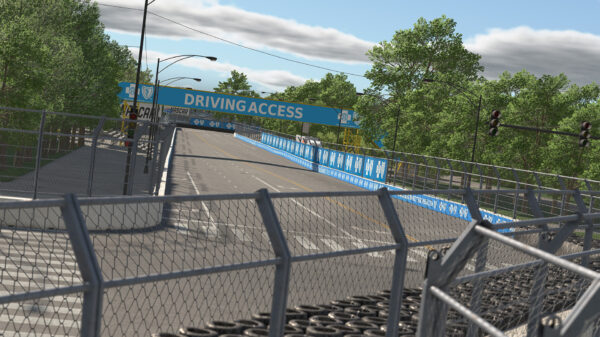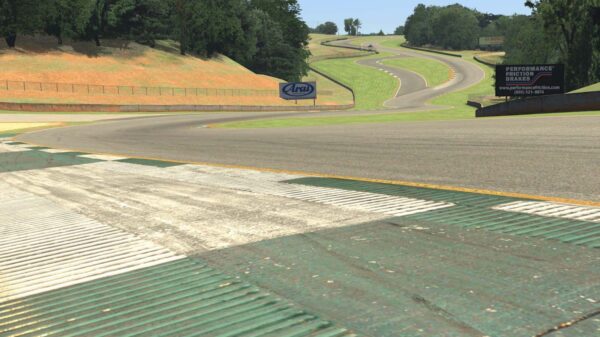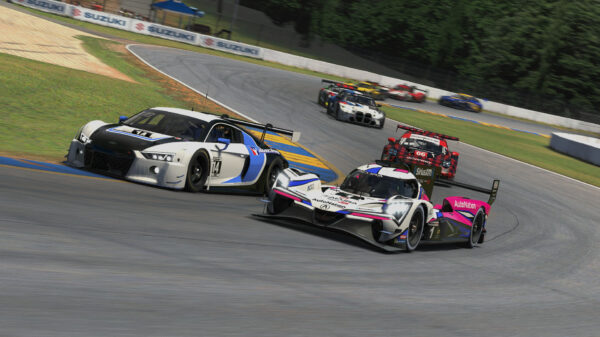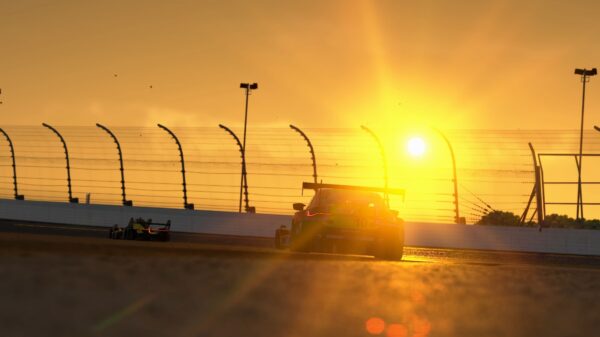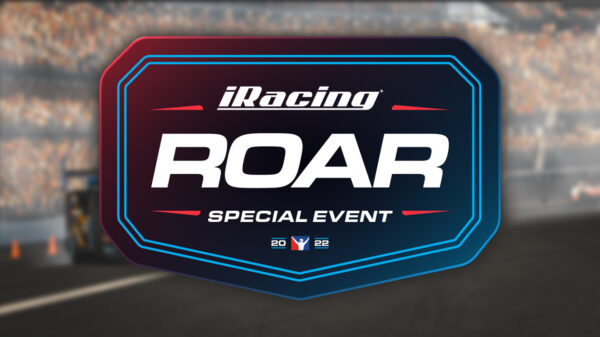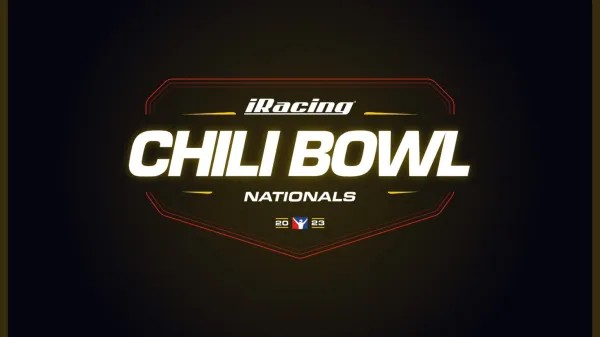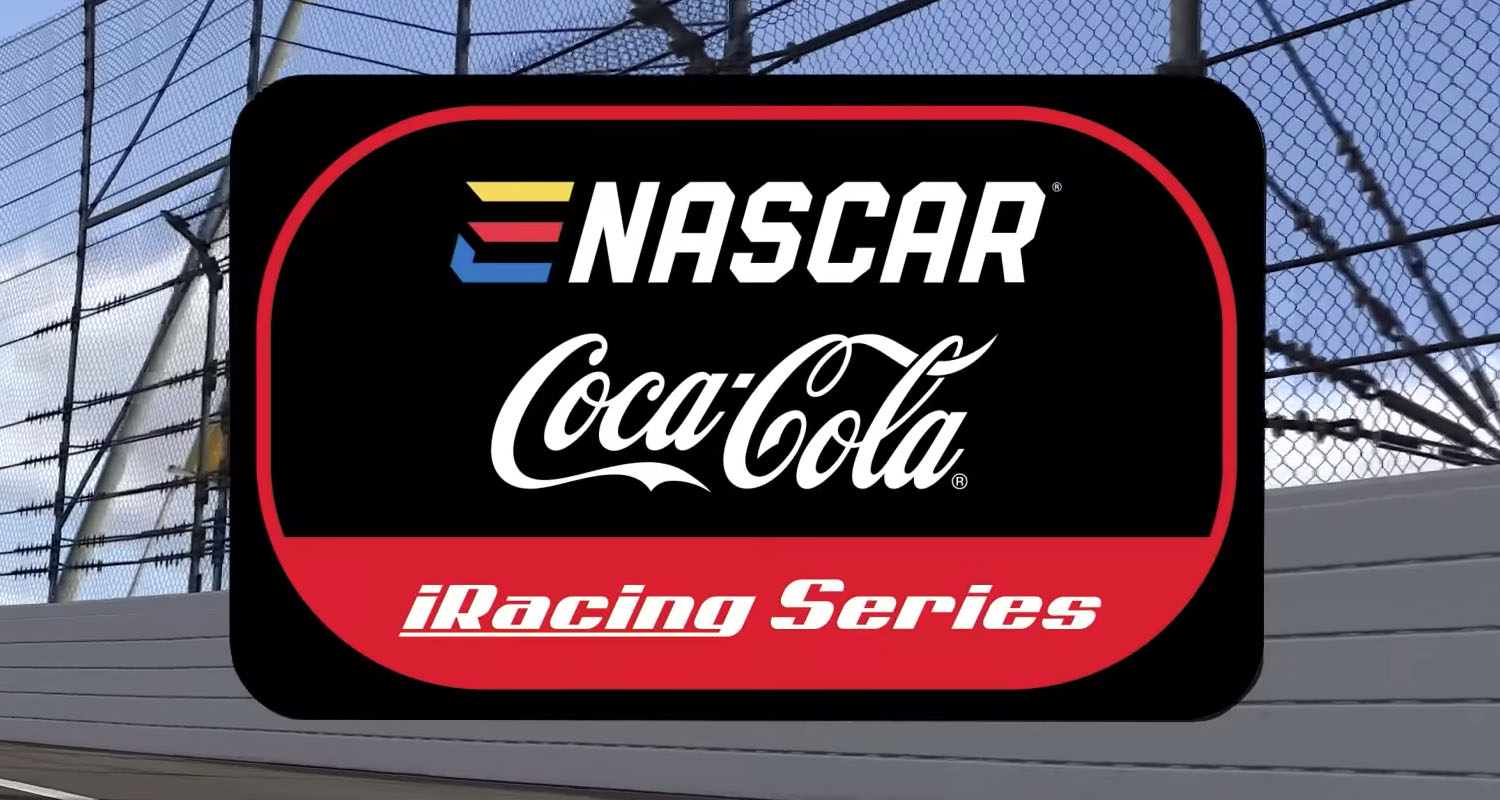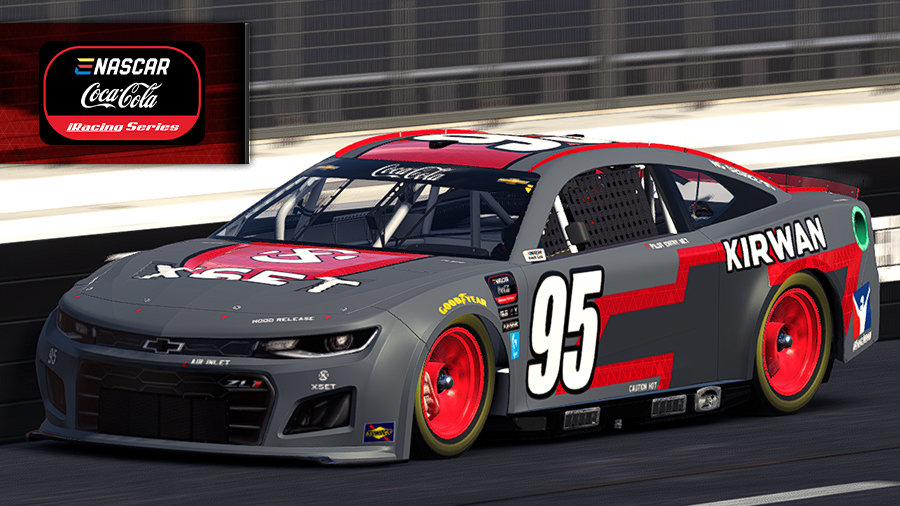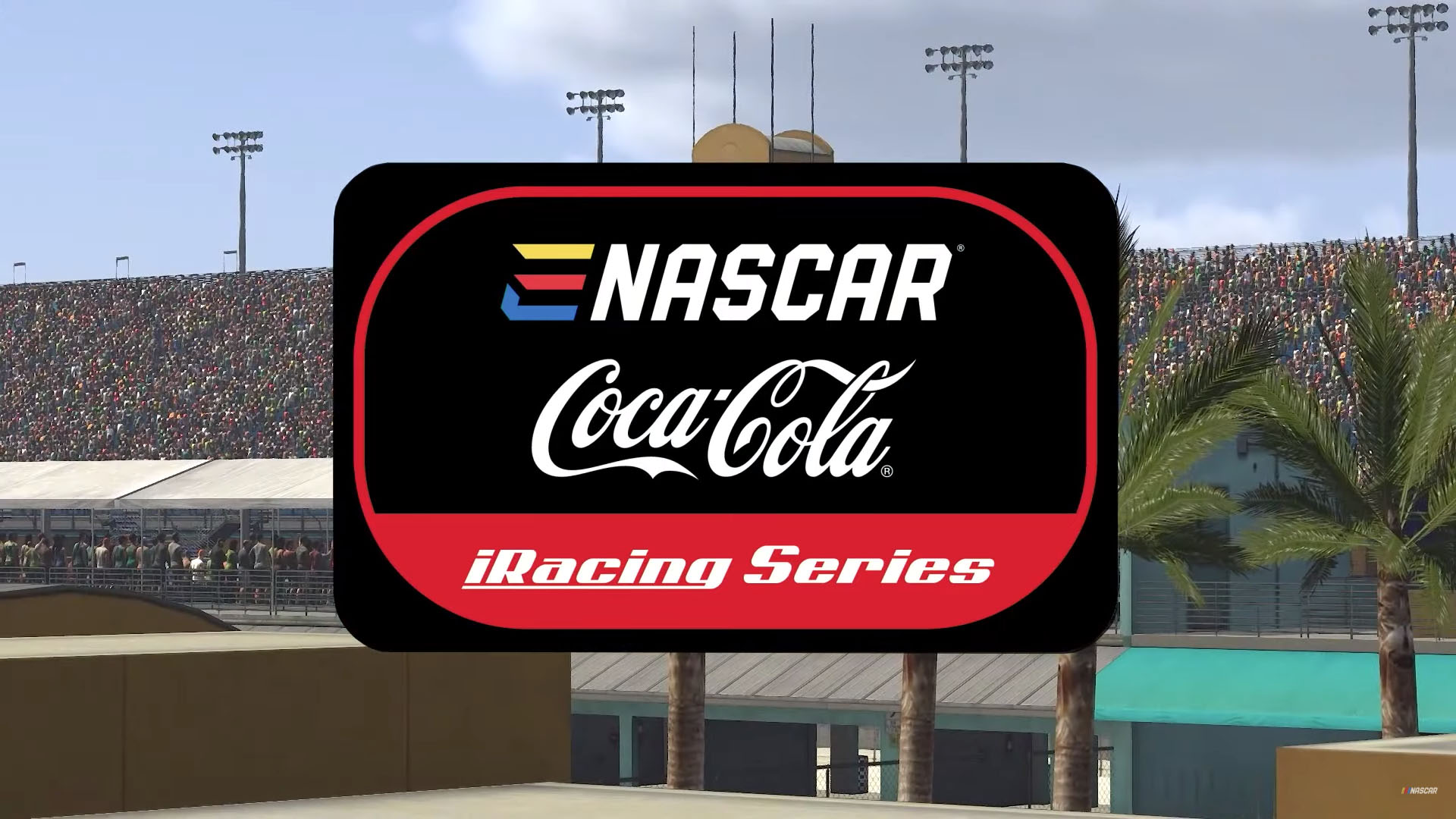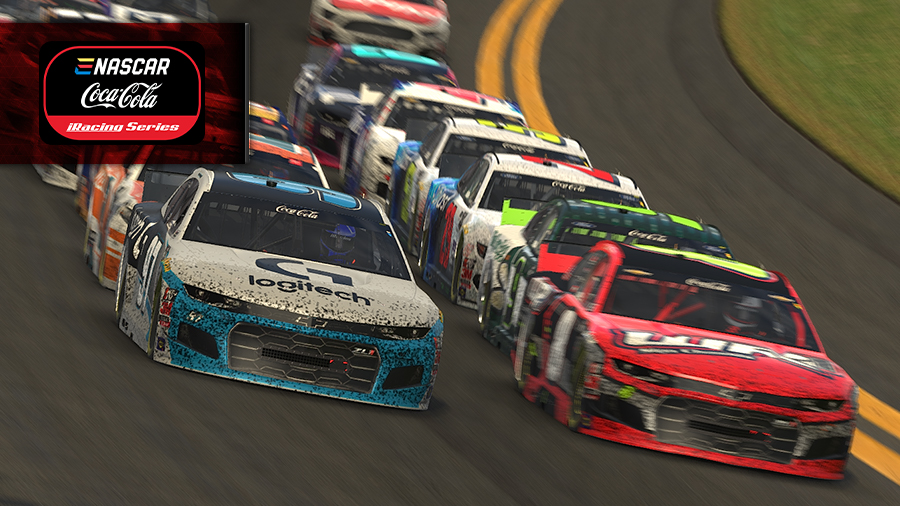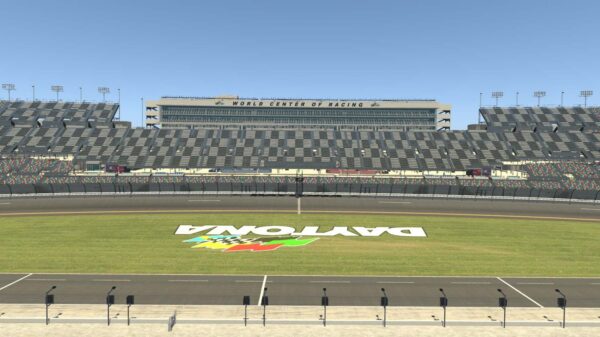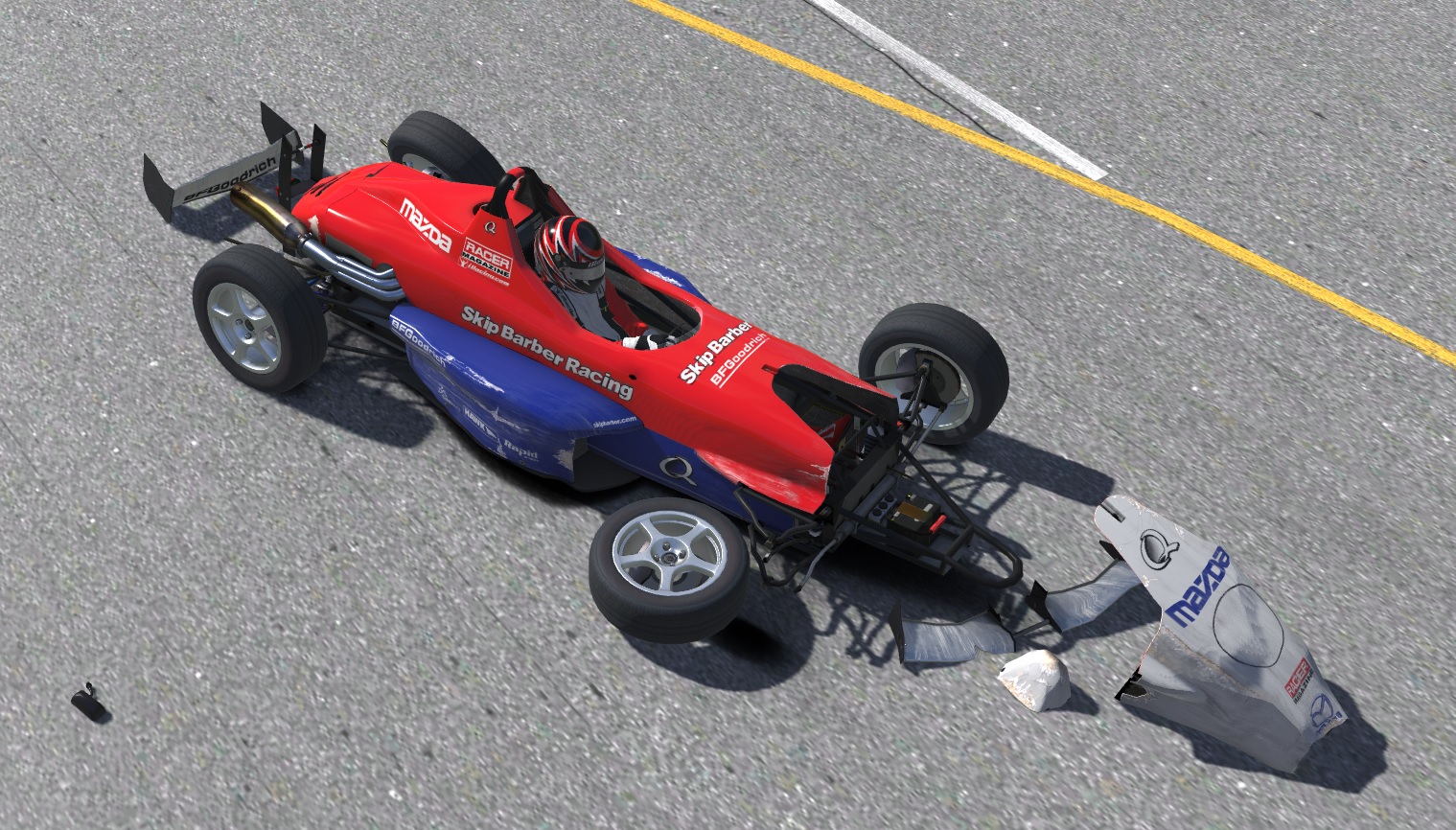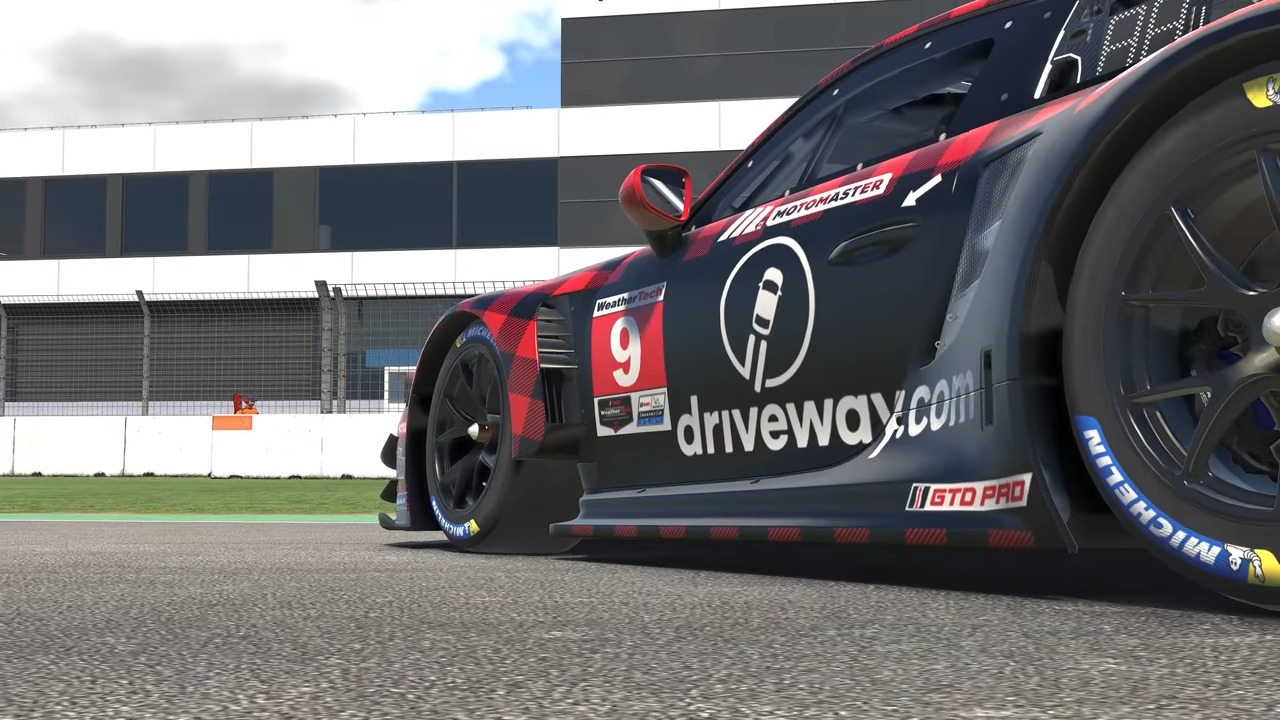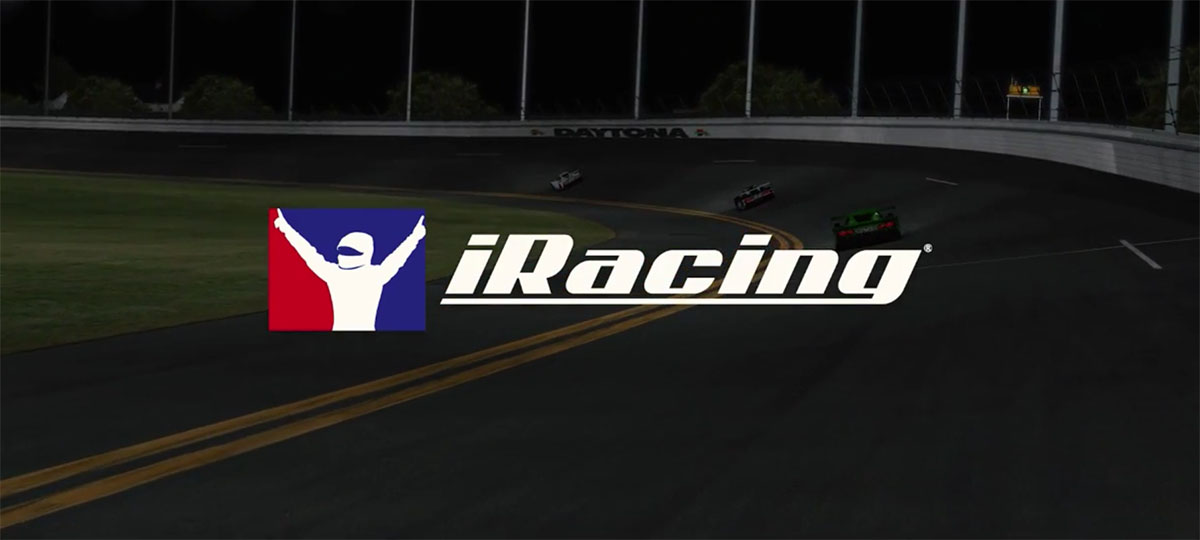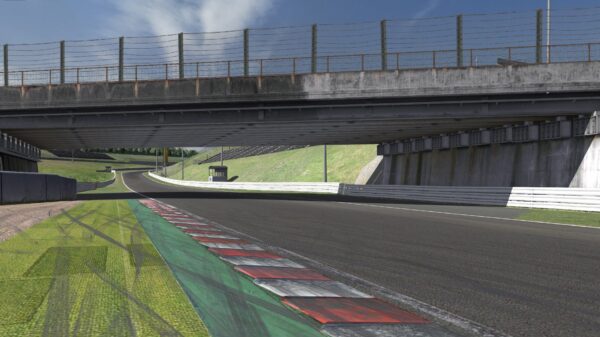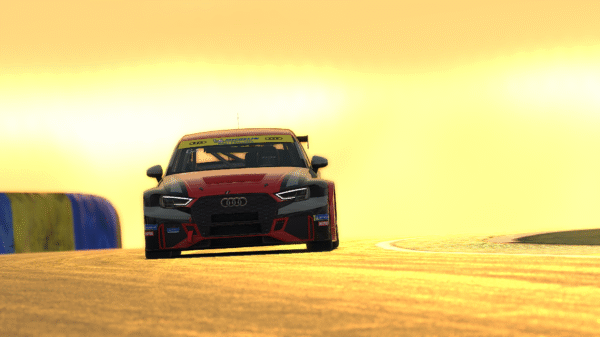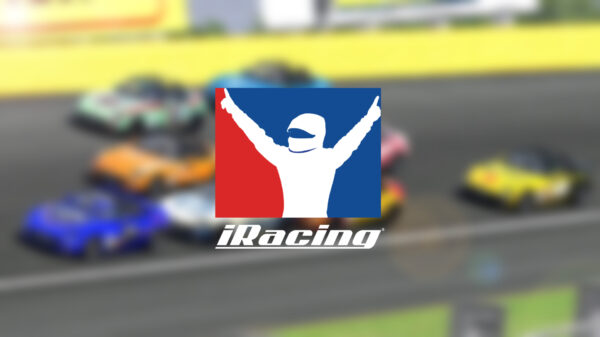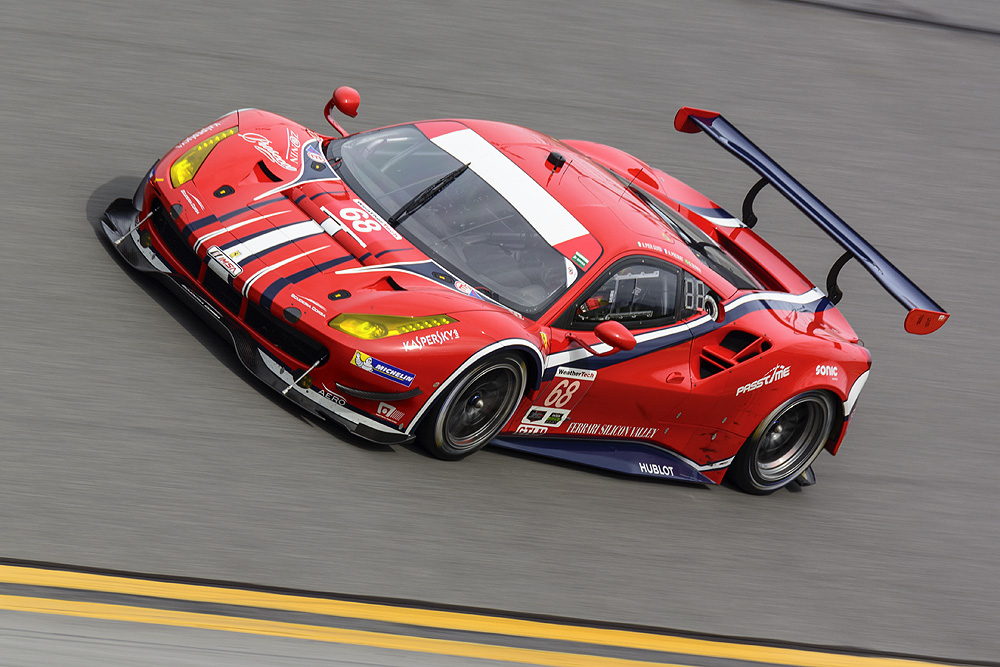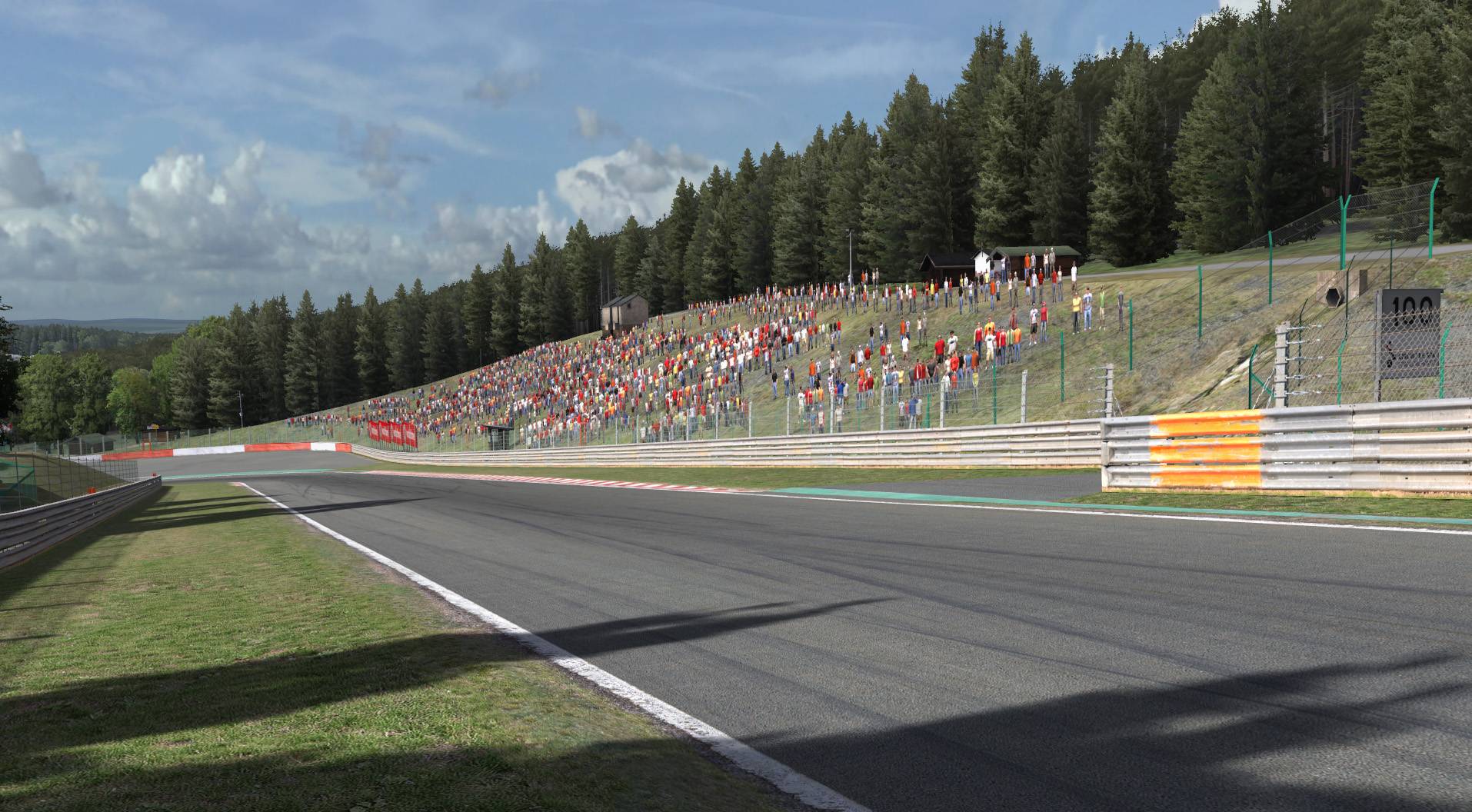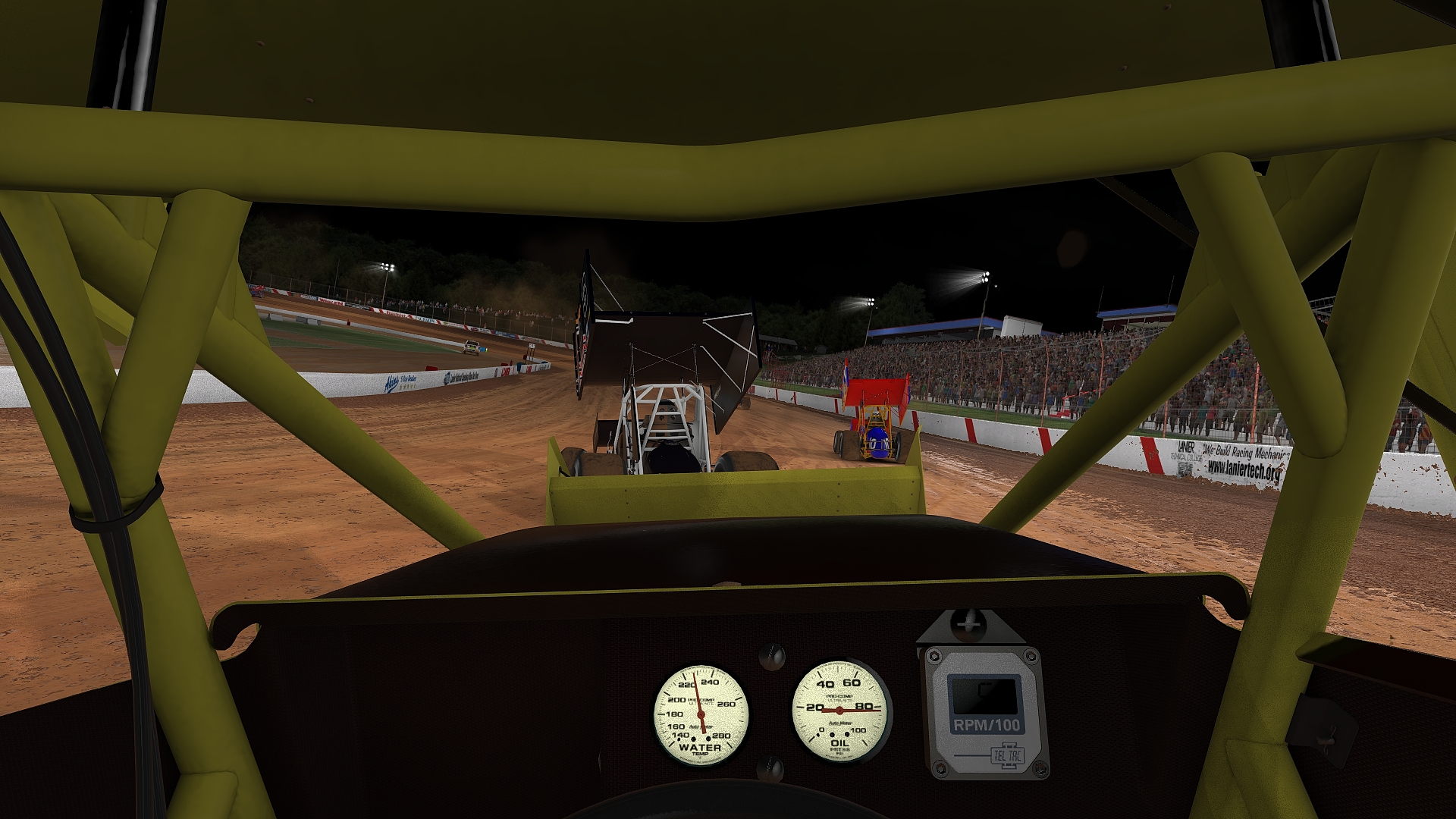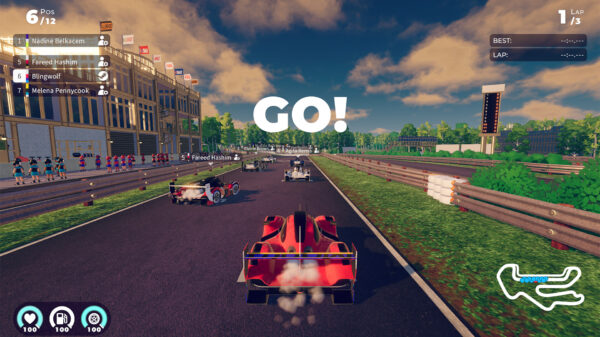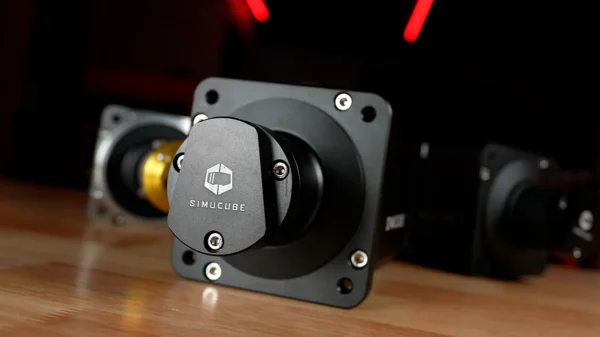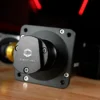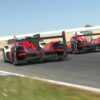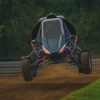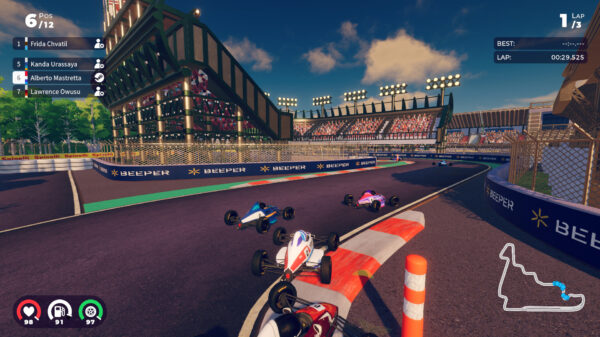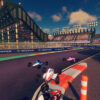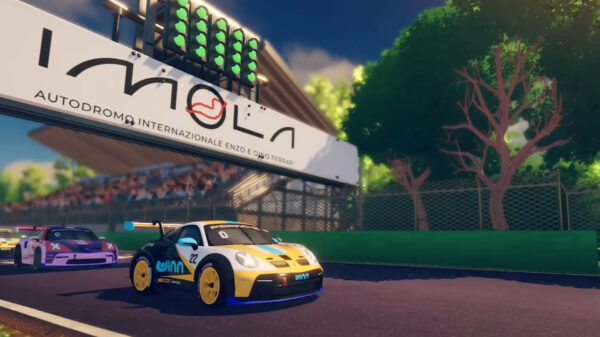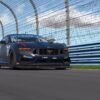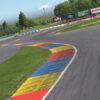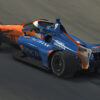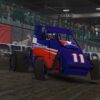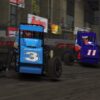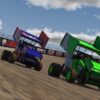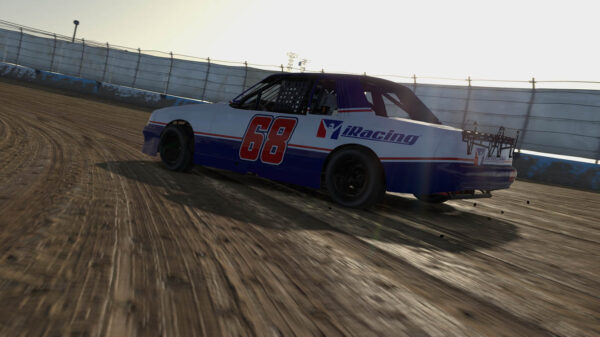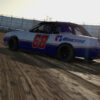The Dirt 360 Sprint Car in iRacing is one of the most exciting yet challenging machines on dirt. With its explosive horsepower-to-weight ratio and twitchy handling, it rewards precision while punishing over-aggression. For beginners stepping up from the 305 Sprint Car or exploring dirt racing for the first time, learning the basics of throttle control, braking, racing lines, and setups is essential. This guide provides high-level advice to help you find speed and stay consistent in the 360.
Throttle Control
The single biggest factor in driving the 360 Sprint Car is throttle discipline. With over 700 horsepower powering a lightweight chassis, the car wants to spin its rear tires at the slightest provocation. Instead of mashing the gas, think of the throttle as a dimmer switch—roll into the power gradually and modulate it based on grip levels.
- On corner entry, lift early to let the car settle.
- Through mid-corner, maintain steady throttle to keep the car rotating without breaking loose.
- On corner exit, feed the power in smoothly—too much too soon and you’ll loop the car.
Practicing smooth inputs will not only make you faster but will also save your rear tires over a long run.
Braking Technique
Brakes in Sprint Cars are used sparingly, but beginners often overlook their importance. A quick dab of brake on corner entry can help set the nose and tighten your line. Avoid over-braking, though, as locking the rears will immediately upset the car.
A good rule of thumb:
- Short tracks (1/4 to 1/2 mile): light brake taps help rotation.
- Large ovals (Knoxville, Eldora): rely more on throttle lift and line choice than brakes.
Remember, braking is about balance, not slowing to a crawl.
Racing Lines
Reading the track and adjusting your line is critical in the 360 Sprint Car. Dirt ovals evolve rapidly, with grooves forming and slick spots developing over the course of a race.
- High Line / Cushion: Riding the cushion near the wall offers speed and momentum but carries high risk. A small mistake can end your race.
- Low Line / Bottom Groove: The inside can provide grip when the top slicks off, but entry and exit angles are tighter.
- Middle Groove: Useful as a transitional line or when traffic blocks the top and bottom.
As a beginner, spend time in practice exploring every groove. Knowing multiple lines prepares you for traffic and track evolution.
Setup Basics
While fixed setups are common in official iRacing series, understanding the fundamentals of Sprint Car setups is valuable for open races or hosted sessions. Beginners should focus on a few key adjustments:
- Wing Angle: More angle = more stability, less straight-line speed. Flatten the wing for qualifying; add angle for slick race conditions.
- Tire Pressures: Adjusting pressures changes side bite and stability. Lower right-rear pressures can add grip but also heat the tire faster.
- Gear Ratio: Choose gearing based on track size. Shorter gears help acceleration on bullrings; taller gears control wheelspin on larger ovals.
The goal is not to reinvent the wheel but to make small, incremental changes.
- Practice in solo sessions before jumping into races. The car feels very different in traffic.
- Be patient—smooth, consistent laps are faster than one wild lap followed by a crash.
- Watch replays of fast drivers and study their throttle traces, lines, and wing adjustments.
The Dirt 360 Sprint Car is one of the most rewarding dirt oval cars in iRacing. By mastering throttle control, braking discipline, line selection, and setup basics, beginners can build confidence and start climbing the Sprint Car ladder with success.

